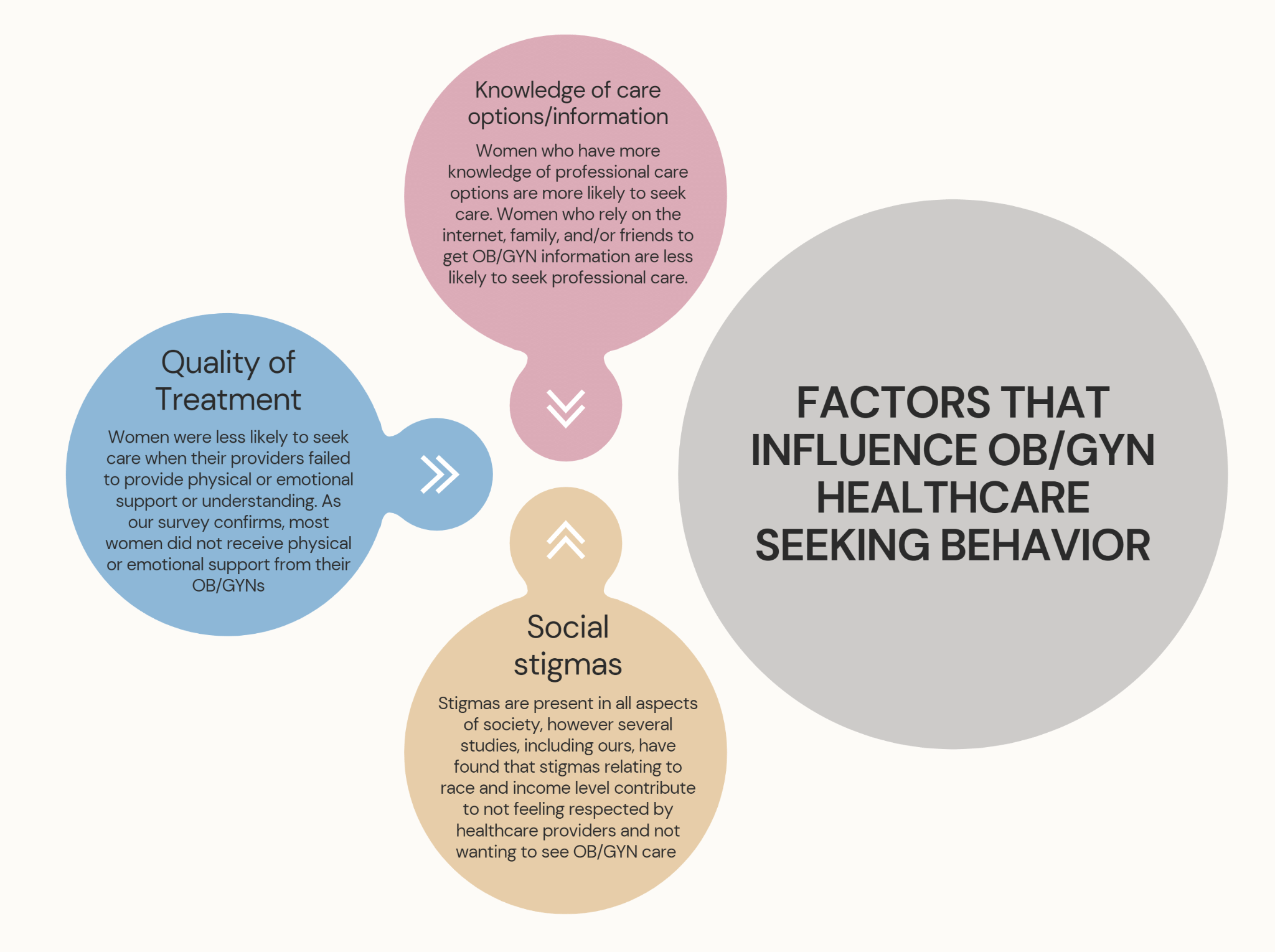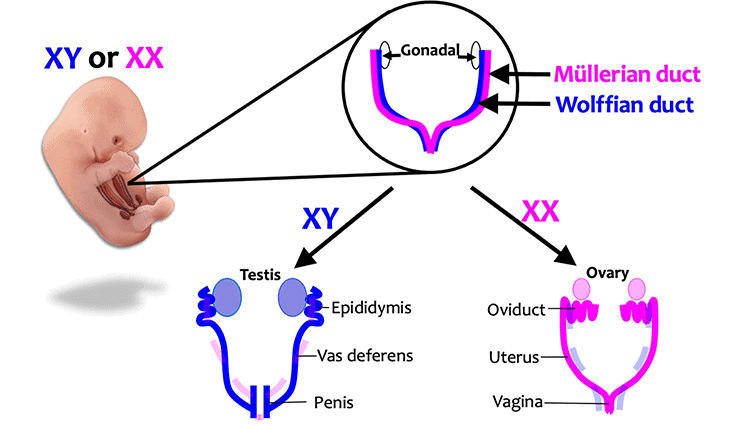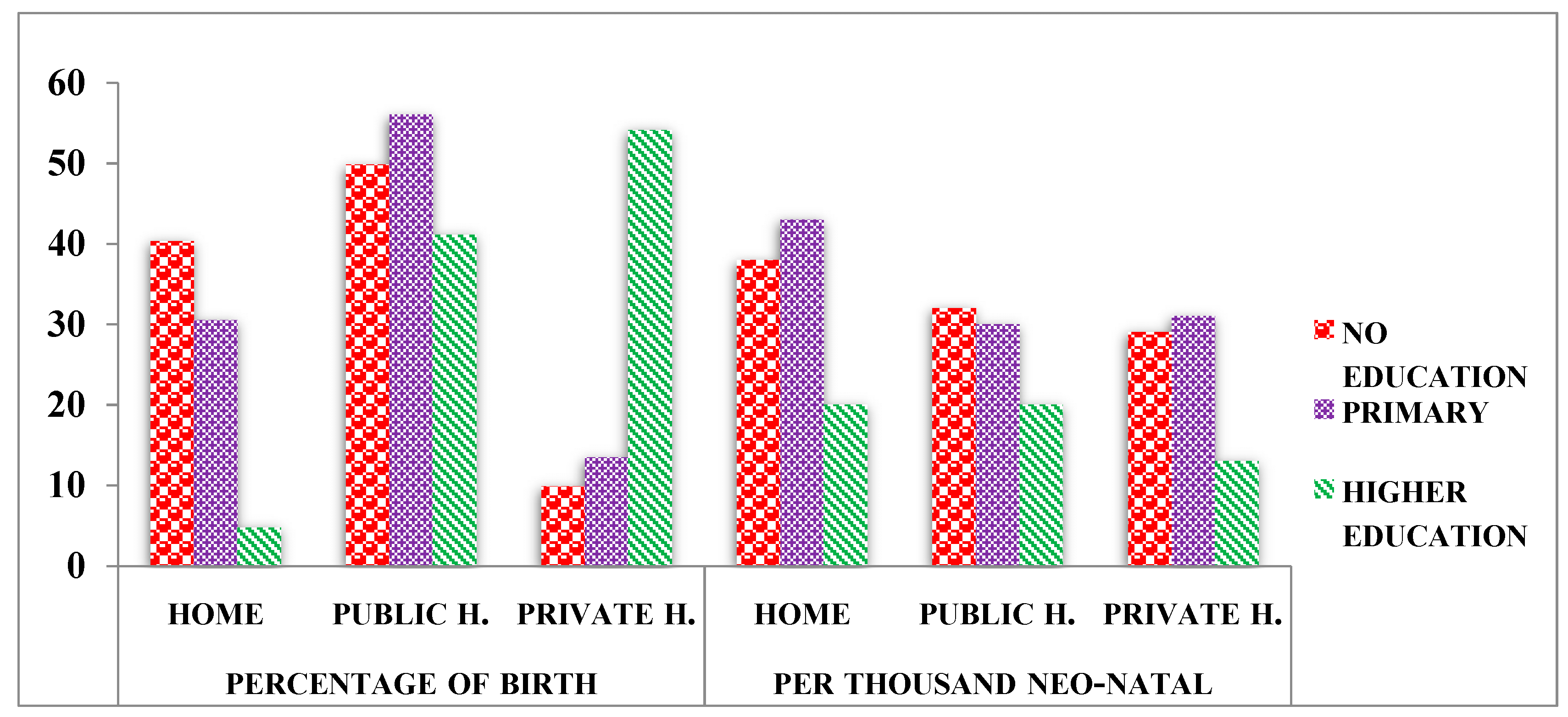|
Card: 4 / 56 |
It ensures individuals have functioning reproductive organs and can engage in healthy emotional and behavioral interactions related to reproduction.
|
|
Card: 5 / 56 |
What year did India initiate its family planning programmes, which later evolved into Reproductive and Child Health Care (RCH) programmes? |
|
Card: 7 / 56 |
The development of 'Saheli', an oral contraceptive for females, was achieved by scientists at which institute in India? |
|
Card: 9 / 56 |
What factors contributed to the explosive population growth observed in the 20th century? |
|
Card: 10 / 56 |
The decline in death rates, including maternal and infant mortality rates, and the increase in the number of people in reproductive age contributed significantly to population growth.
|
|
Card: 11 / 56 |
The government measures implemented to control population growth were necessary due to a growth rate of less than ___ percent according to the 2011 census. |
|
Card: 13 / 56 |
What indicators reflect an improvement in reproductive health as mentioned in the content? |
|
Card: 14 / 56 |
Increased awareness about sex-related matters, higher rates of medically assisted deliveries, better post-natal care, smaller family sizes, and improved detection and treatment of STDs. |
|
Card: 16 / 56 |
Contraceptives should be user-friendly, widely available, highly effective, reversible, have minimal or no side effects, and should not interfere with sexual drive, desire, or the sexual act. |
|
Card: 17 / 56 |
Explain the principle behind the Lactational Amenorrhea Method of contraception. |
|
Card: 18 / 56 |
The Lactational Amenorrhea Method operates on the principle that exclusive breastfeeding suppresses ovulation and the menstrual cycle, significantly reducing the chances of conception during the first six months postpartum. |
|
Card: 19 / 56 |
The withdrawal method, also known as coitus interruptus, aims to prevent conception by ___ just before ejaculation. |
|
Card: 22 / 56 |
Condoms prevent the ejaculate from entering the female reproductive tract, thereby reducing the chances of conception, and they also protect against sexually transmitted infections (STIs) and HIV/AIDS. |
|
Card: 23 / 56 |
Describe the mechanism by which diaphragms and cervical caps prevent conception. |
|
Card: 24 / 56 |
Diaphragms and cervical caps are rubber barriers inserted into the female reproductive tract to cover the cervix, blocking sperm from entering and preventing fertilization. |
|
Card: 26 / 56 |
Copper-releasing IUDs, like CuT and Multiload 375, use copper to prevent sperm from fertilizing an egg, while hormone-releasing IUDs, such as Progestasert and LNG-20, release hormones to thicken cervical mucus and inhibit ovulation. |
|
Card: 28 / 56 |
IUDs enhance sperm phagocytosis by releasing copper ions that create an inflammatory response in the uterus, promoting the action of immune cells that engulf sperm. |
|
Card: 30 / 56 |
Hormonal IUDs prevent pregnancy by making the uterine environment inhospitable for implantation, thickening cervical mucus to inhibit sperm entry, and suppressing ovulation. |
|
Card: 31 / 56 |
Saheli is a new oral contraceptive that is taken ___ and is known for having ___ side effects. |
|
Card: 32 / 56 |
Saheli is a new oral contraceptive that is taken once a week and is known for having very few side effects. |
|
Card: 33 / 56 |
What are the primary surgical methods of sterilization for males and females, and how do they differ in their procedures? |
|
Card: 34 / 56 |
The primary surgical methods of sterilization are vasectomy for males and tubectomy for females. Vasectomy involves removing or tying off a small section of the vas deferens through a small incision in the scrotum, while tubectomy involves removing or tying off a small section of the fallopian tubes through an incision in the abdomen or vagina. |
|
Card: 35 / 56 |
Discuss the effectiveness and reversibility of vasectomy and tubectomy as methods of sterilization. |
|
Card: 36 / 56 |
Both vasectomy and tubectomy are highly effective in preventing pregnancy; however, neither procedure is easily reversible, making them permanent methods of sterilization. |
|
Card: 37 / 56 |
What considerations should be taken into account when selecting a contraceptive method, according to the provided content? |
|
Card: 38 / 56 |
When selecting a contraceptive method, it is crucial to consult qualified medical professionals to choose a suitable option based on personal reasons for preventing, delaying, or spacing pregnancies. Additionally, understanding the potential side effects of contraceptives, such as nausea or irregular bleeding, is important. |
|
Card: 39 / 56 |
What are the primary reasons women seek medical termination of pregnancy (MTP)? |
|
Card: 40 / 56 |
Women seek MTP primarily due to unwanted pregnancies resulting from unprotected intercourse, contraceptive failure, or rape. |
|
Card: 42 / 56 |
MTP is generally considered safe during the first trimester, up to 12 weeks of pregnancy. |
|
Card: 43 / 56 |
Illegal practices in MTP often involve the misuse of ___ to determine the sex of the unborn child. |
|
Card: 45 / 56 |
What are the primary methods of transmission for STIs like HIV and hepatitis-B? |
|
Card: 46 / 56 |
HIV and hepatitis-B can be transmitted through sexual intercourse, sharing contaminated needles, surgical instruments, blood transfusions, or from an infected mother to the fetus. |
|
Card: 48 / 56 |
Infected females may be asymptomatic, meaning they show no symptoms, which can lead to a lack of detection and delayed treatment. |
|
Card: 49 / 56 |
Complications from untreated STIs can lead to severe health issues such as ___ and ___. |
|
Card: 53 / 56 |
What is the primary purpose of In Vitro Fertilization (IVF) in assisted reproductive technologies? |
|
Card: 55 / 56 |
List two challenges faced by couples seeking assisted reproductive technologies (ART). |



























